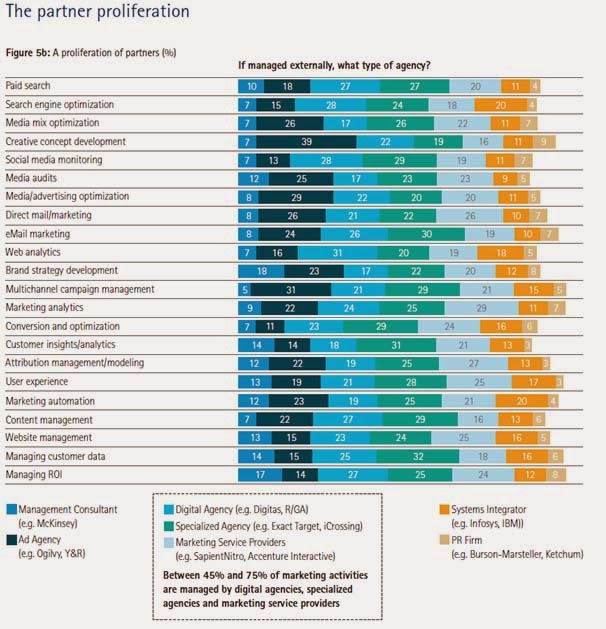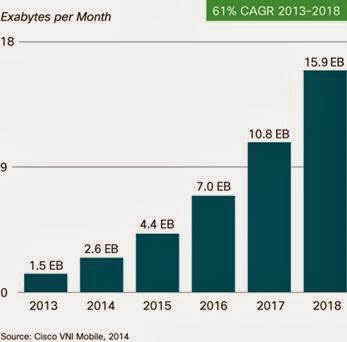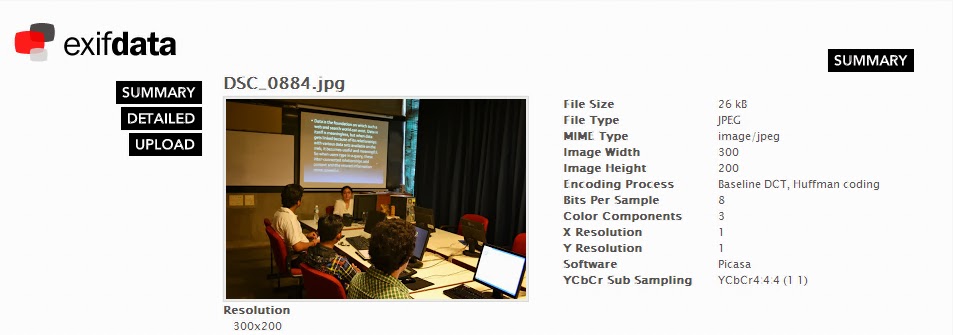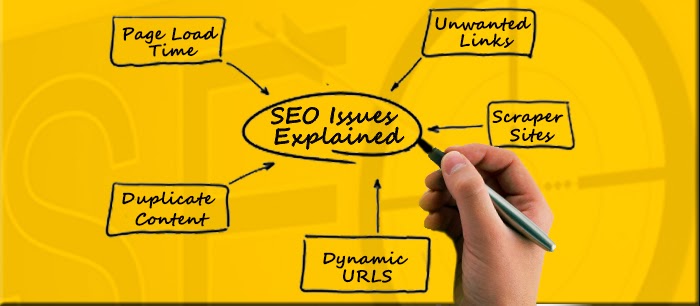The title is not part of the text of the document, but is a property of the whole document
- window title bars
- bookmark lists
- result lists from search services

Titles help users find content, orient themselves within it, and navigate through it. A descriptive title allows a user to easily identify what Web page they are using.
The Title Of Each Web Page Should:
· Identify the subject of the Web page
· Make sense when read out of context, for example by a screen reader or in a site map or list of search results
· Be short
It may also be helpful for the title to
· Identify the site or other resource to which the Web page belongs
· Be unique within the site or other resource to which the Web page belongs
The titles are equally important to the search engines. Search engines also identify the subject of the web page via the titles and correlate the context of the web page content to the relevant search queries.
Regarding Titles Google says:
Google's generation of page titles and descriptions (or "snippets") is completely automated and takes into account both the content of a page as well as references to it that appear on the web. The goal of the snippet and title is to best represent and describe each result and explain how it relates to the user's query.
Titles are critical to giving users a quick insight into the content of a result and why it’s relevant to their query. It's often the primary piece of information used to decide which result to click on, so it's important to use high-quality titles on your web pages.
Google has also shared some tips on managing titles for web pages on https://support.google.com/webmasters/answer/35624?hl=en#3 .
But according to me Google needs to combat this subtle spam which is quite prevalent on the web as of today.
People many times write misleading titles especially by adding adjectives like best, excellent, expert, etc. in titles and get priority in the search results when people search for services and products and use these adjectives in their search queries.
For example if you search for “Best SEO Company in ..... “ (please fill in the place you live in to complete the query) then do you genuinely get a list of the best companies available? No, we get a list of search results of websites which have used the word “BEST” in the title.
The reason is that the search engines are still using word to word mapping for correlating websites with search queries instead of ranking websites semantically. Though search engines are working on semantic search and are trying to combat the spam with regular algorithm upgrades, but dealing with these spammy titles is something which the search engines need to deal with on a priority basis.
Any kind of spam misleads the search engines or/and the user. Just as spammy link building reflects false popularity, these kind of titles many times misleads the user. As the search engines do not list the logically 10 best companies in the search results on the basis of all the factors which define a ‘BEST COMPANY’ for the service that the user is searching for, but is just bringing forward the websites having best in the meta tags. In the past when people resorted to keyword spam by repeating the keywords many times also resulted to the same problem.
Calling yourself an expert, the best, guru, etc. does not make you an authority on the subject and as organic search is the earned media its high time Google started penalizing sites using such terms in meta tags especially in the titles.


















